An ancient Tuscan recipe made from chestnut flour, polenta di castagne (chestnut polenta) was the original polenta made in Tuscany before corn arrived from the Americas. The natural sweetness of the commercial flour lends itself to sweet preparations much more than savory. Homemade, coarse flour is less sweet and can be served like corn grits with savory ingredients. In this post we'll go over the ins and outs of making it, and how it can be served.
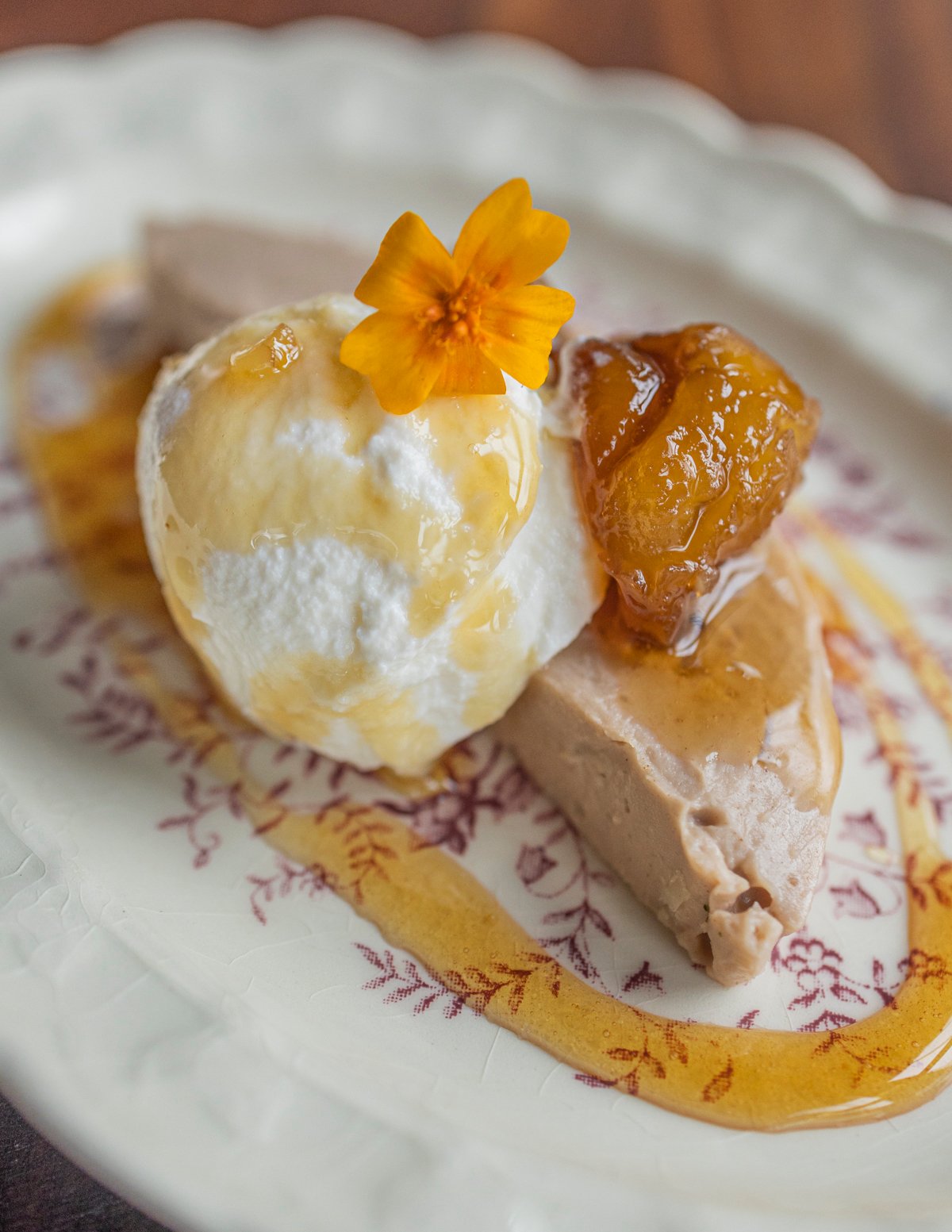
The most important thing to know about chestnut polenta is that the chestnut flour sold online and homemade chestnut flour are two very different products.
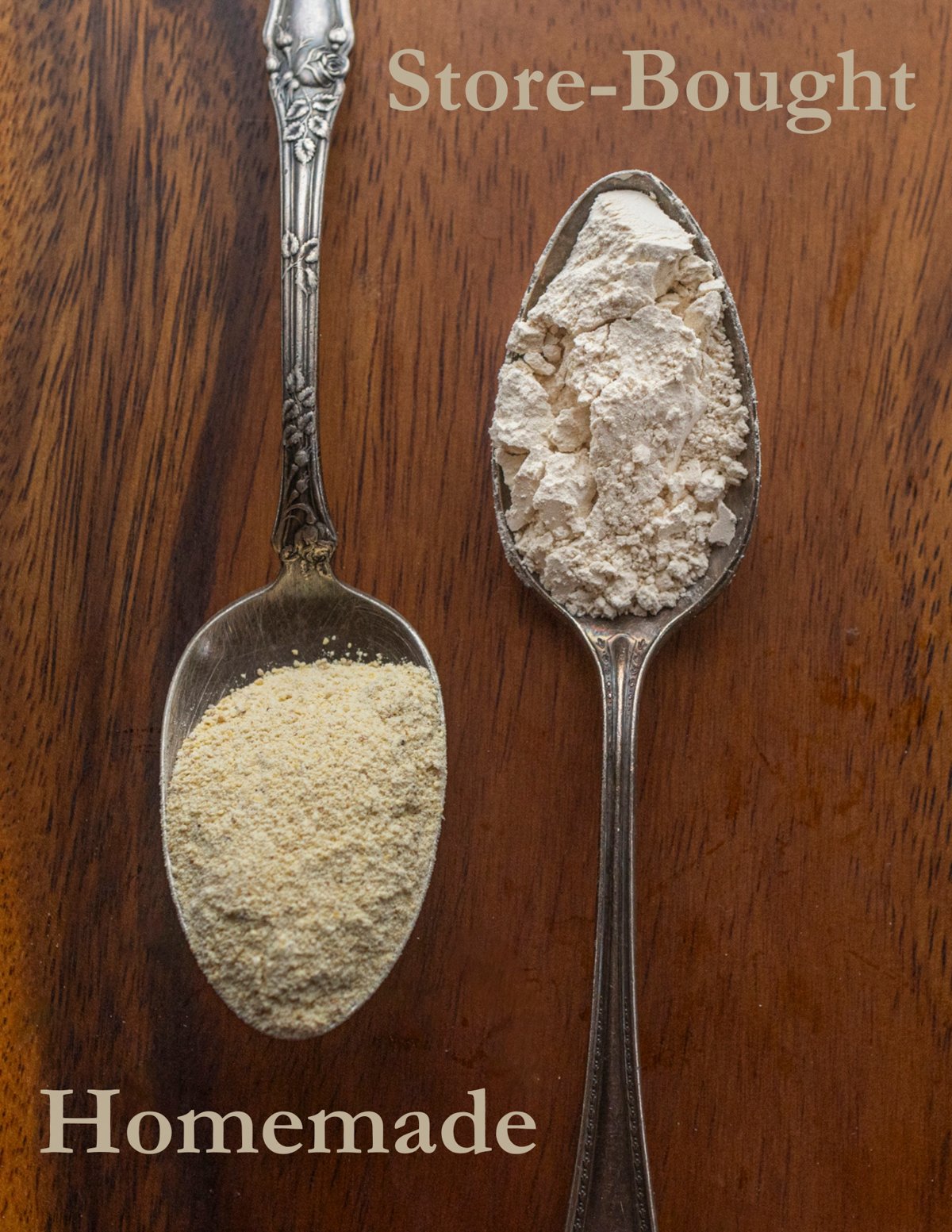
Commercial chestnut flour is silky smooth, often made from chestnuts that are extra sweet and has a texture like powdered sugar. Homemade chestnut flour is typically similar to stone ground corn grits and is much less sweet.
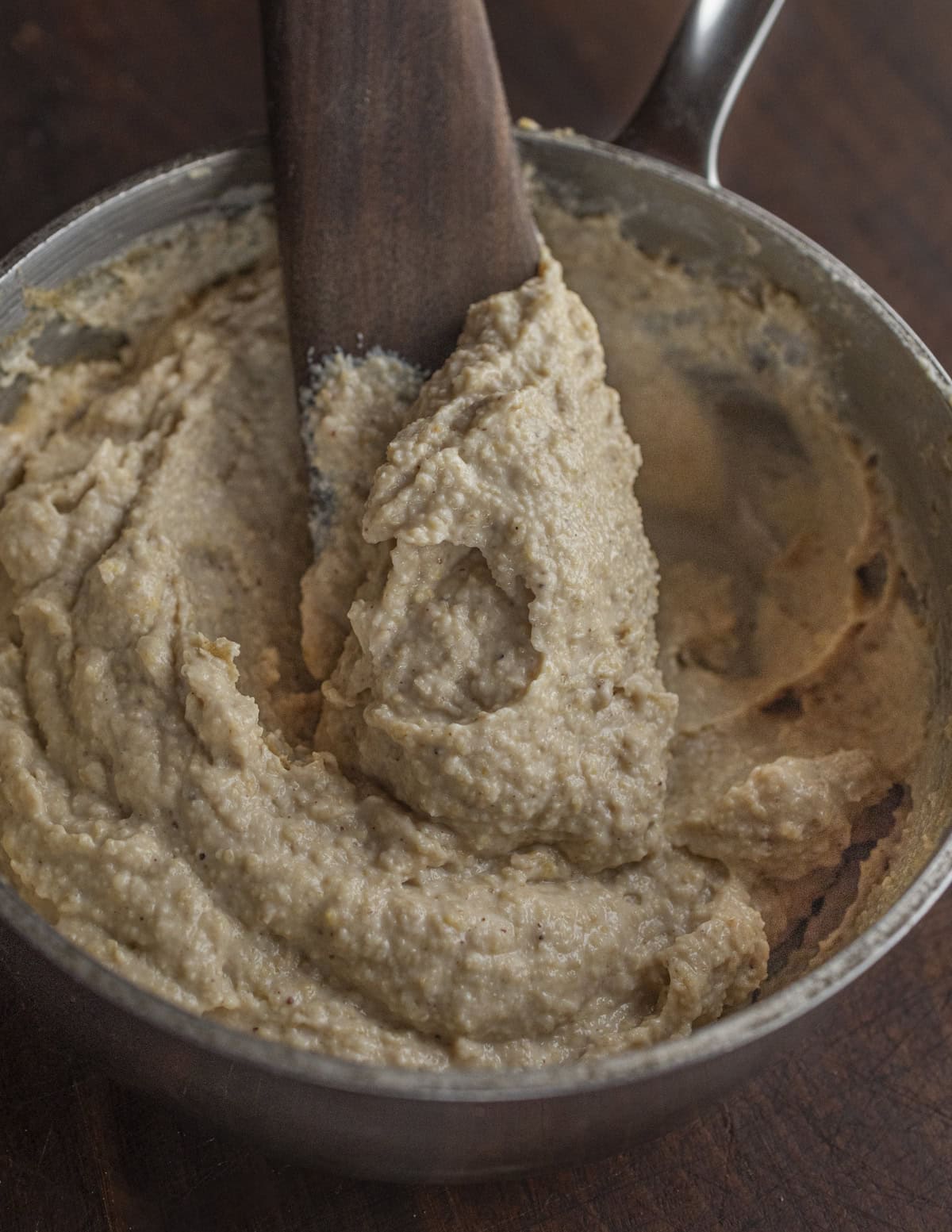
For the recipe pictured I've used commercial chestnut flour from Italy. The soft, powdery flour is more similar to cooking with corn starch than corn polenta.
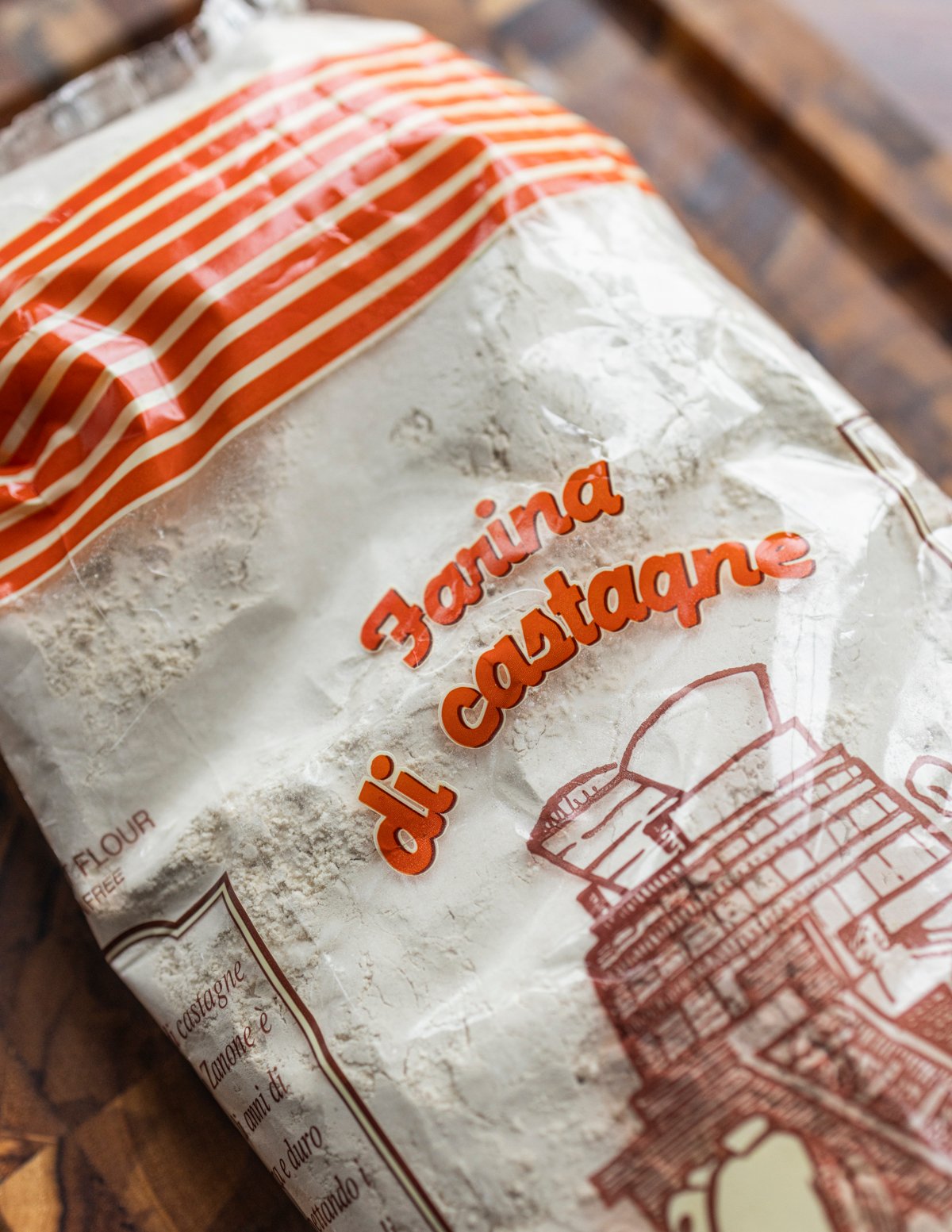
Traditionally the polenta is cooked slowly until it thickens, poured into a mold, cooled, sliced and served with ricotta cheese and honey. It makes a novel breakfast, brunch, or dessert, and can be served many different ways. Here's how to make it.
How to Make It
Initially the cooking process is very similar to making corn polenta or very coarse, stone-ground grits. You'll whisk milk with chestnut flour, slowly heating it to remove moisture and concentrate it into a thick batter.
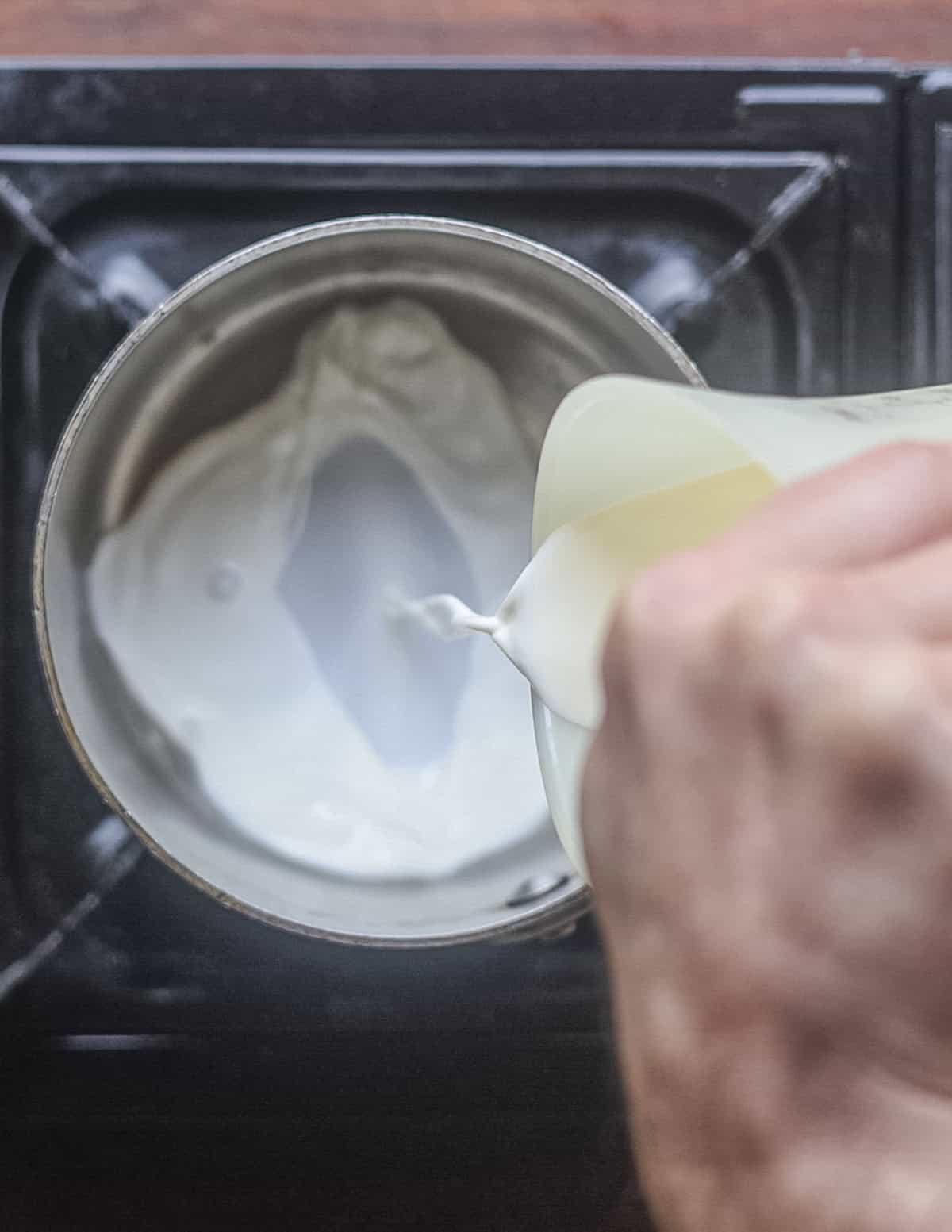
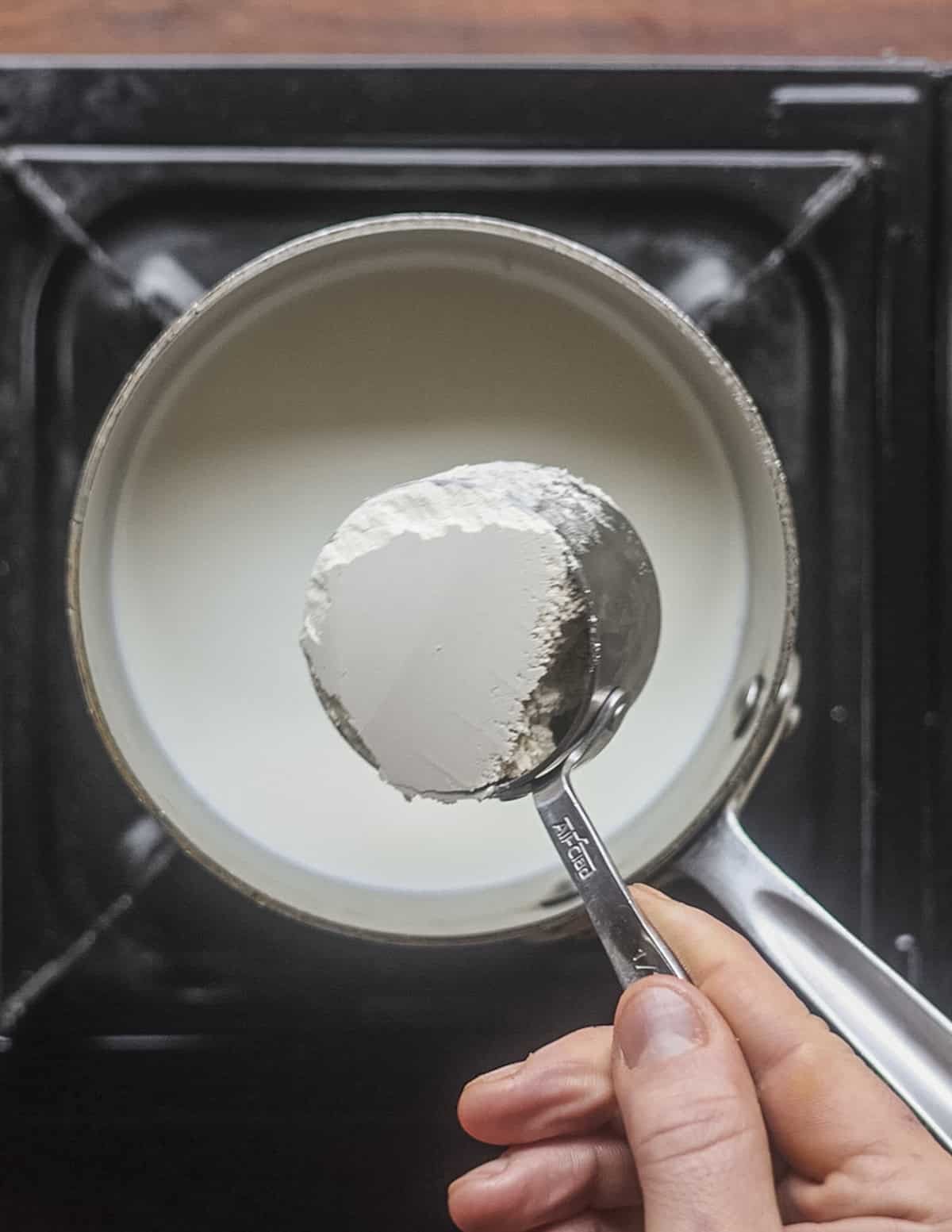

This takes a little time. Once the batter becomes thick and the milk's absorbed it can be baked in an oven or cooked on low heat on a small burner just like stone-ground corn grits. Expect it to take about 30-45 minutes. After the mixture gets thick it's good to switch to a wooden spatula or wooden spoon which will make it easier to stir.
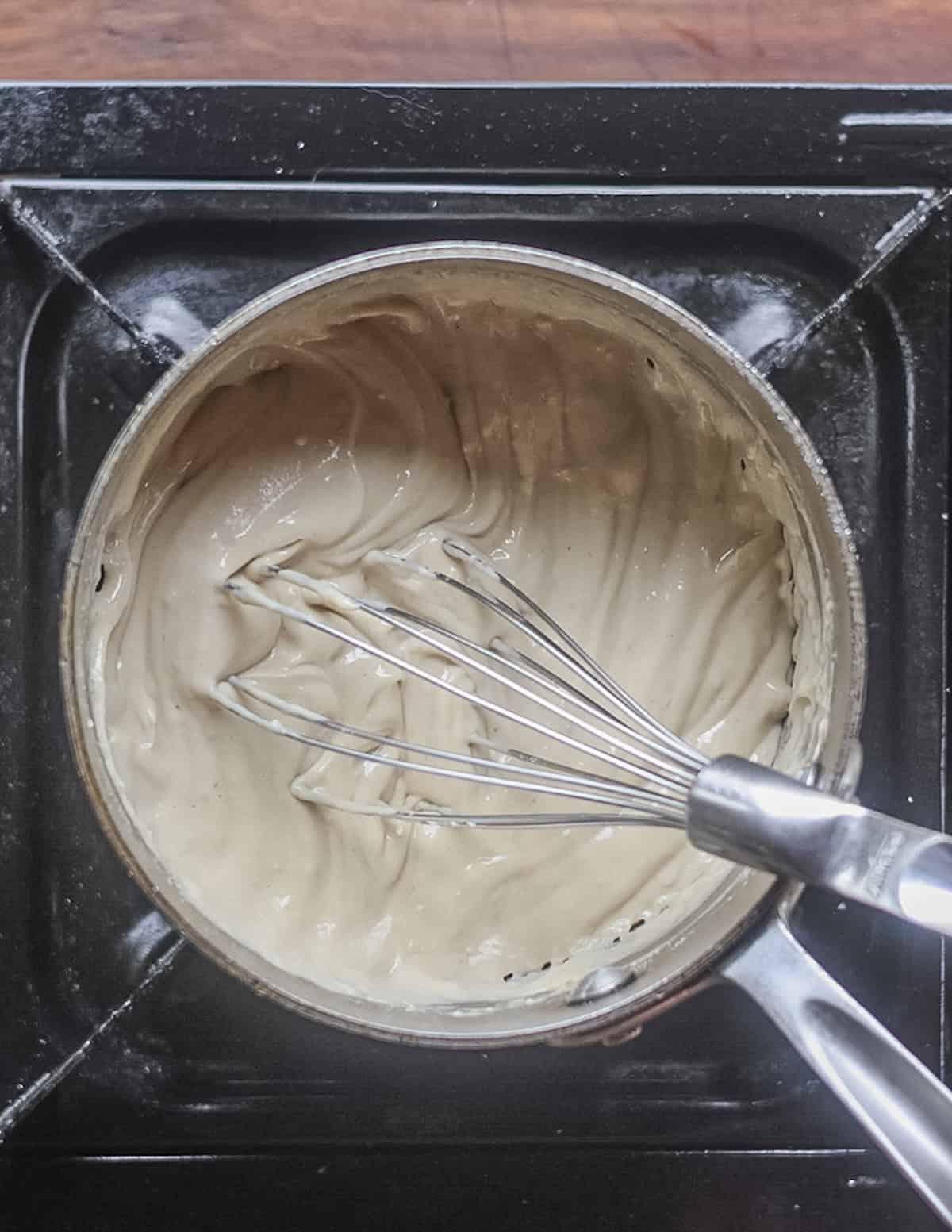

Once the mixture's cooked into a very thick batter it's poured into a greased mold. In the images in this post I've used a small mixing bowl. The hot polenta is allowed to cool completely and set. Once it's completely cooled it can be unmolded and sliced.
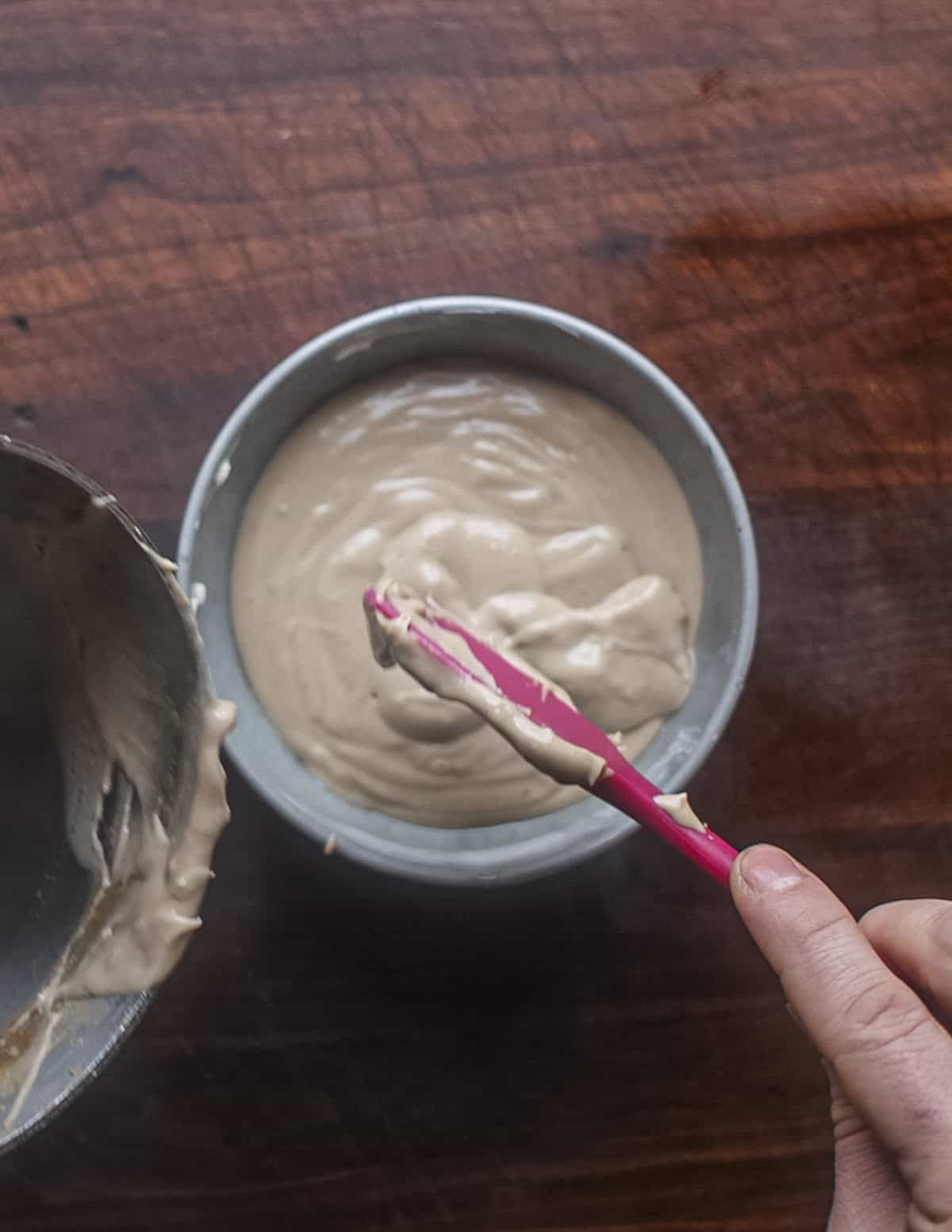
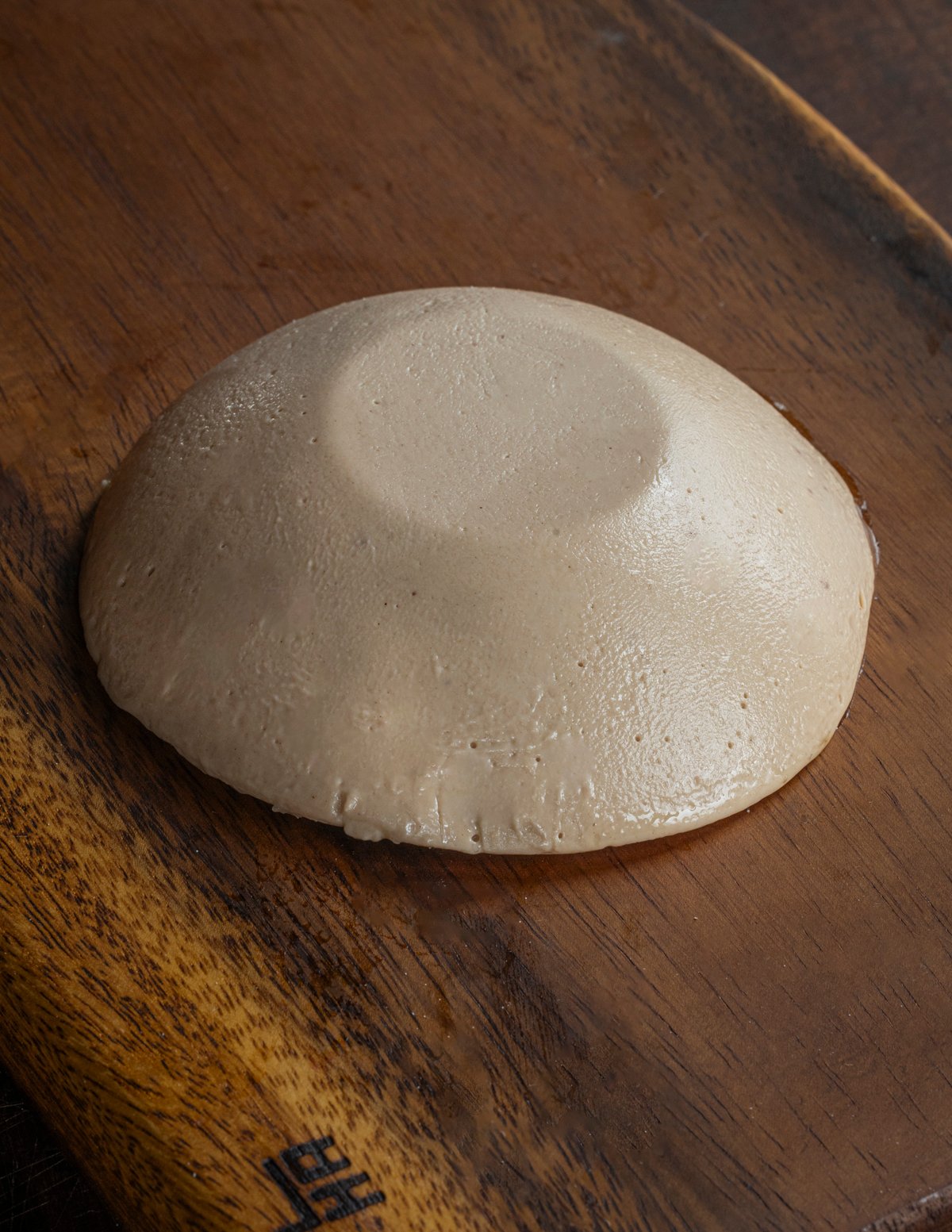

Traditionally it's served as a breakfast or snack with ricotta cheese. Think of it like a sweet cheese course you could serve for breakfast, brunch, or dessert. Drizzled with chestnut honey, candied chestnuts and a scoop of smooth, high quality ricotta cheese it makes a very interesting dish.
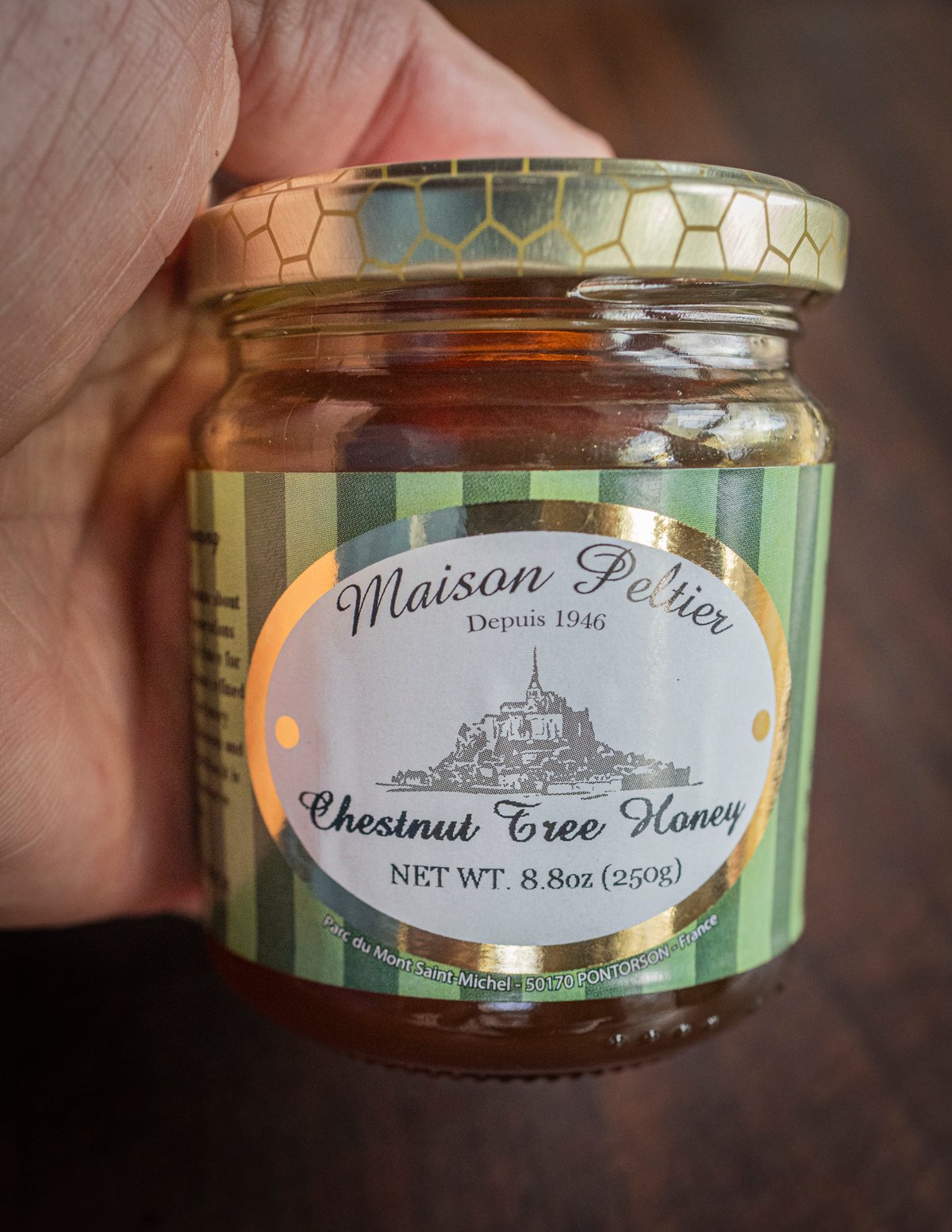
The silky smooth texture of the polenta is reminiscent of panna cotta or chestnut mousse.

Related Posts
Chestnut Polenta (Polenta di Castagne con Ricotta)
Equipment
- 1 1 qt sauce pot
- 1 Whisk
- 1 Spatula
- 1 3 cup mixing bowl or mold
- 1 Offset spatula, for slicing
Ingredients
- ½ cup Italian chestnut flour *see note on using homemade flour
- 1.25 cups Whole milk
- ⅛th Teaspoon Kosher salt
- 1 Tablespoon unsalted butter
Instructions
- Whisk the flour, water and salt, then bring to a simmer in a small pot.
- Cook the mixture on medium heat at a brisk bubble, whisking regularly, for 10 minutes over medium heat.
- This is traditionally cooked slowly on the stovetop like grits, but if you want to bake it, you can bake the pan in the oven at 325F, stirring occasionally for about 30 minutes at this point.
- Turn the heat down to low, put the pan on the smallest burner and cook, stirring occasionally for about 30-45 minutes. The mixture should be very thick.
- Pour the mixture into a small 2 cup capacity bowl rubbed with oil. Cover the bowl with cling film and refrigerate.
- After cooling, the polenta should be firm to the touch, but lighter and more wiggly than typical corn polenta. Unmold it, cut into thick slices and serve with dollops of ricotta cheese and a drizzle of chestnut honey.

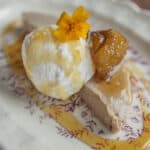
Lorenzo
I think you meant milk in the ingredient list, not water, correct?
Thanks for sharing.
Alan Bergo
Yes thank you.